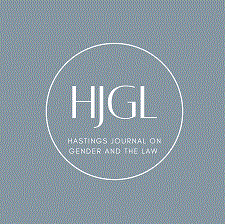
Abstract
To control and help runaway children, courts have classified them as "status offenders" without getting to the real source of their runaway behavior, such as physical or sexual abuse at home. Instead, confining runaway children to the judicial system through the use of status offenses has further entrenched these runaways' behavior without helping them develop more effective copings skills; children often run away again, commit substantive crimes, once again become victims, or else are institutionalized or incarcerated on down the road. Indeed, girls are especially prone to this cycle, since their numbers are disproportionately higher than those of boys in arrest and incarceration rates. It is especially problematic that girls are far more likely to have been victims of physical or sexual abuse, and are being punished for escaping a dangerous home, thus being re-victimized. This article suggests several reprogramming strategies, including "recognition that these survivors of abuse need services and a change in their home life" and shifting the focus away from status offenses as well as other legal, programmatic, or detention solutions. Though there is no clear answer, the current system fails to adequately address the issues underlying girls and status offenses.
Recommended Citation
Alecia Humphrey,
The Criminalization of Survival Attempts: Locking up Female Runaways and Other Status Offenders,
15 Hastings Women's L.J. 165
(2004).
Available at: https://repository.uclawsf.edu/hwlj/vol15/iss2/3

